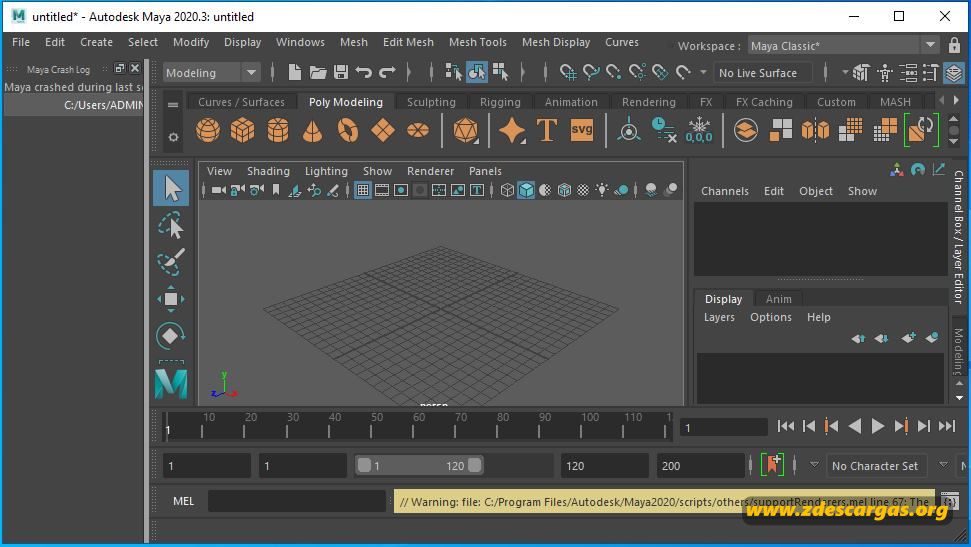

Once the render has started you can close Maya, which will free up memory. You can also go to your project settings ( File → Project &→ Edit Current → Project Locations → Images) Starting a batch renderįrom the rendering menu’s, choose Render → Batch Render and your render will start (look at the results bar at the lower right of your screen). This is a project setting, but you can change this directly from the Edit menu of the render settings window. Where does Maya save the images?Īt Path at the top of the common tab you can see the location the files will get saved to. Make sure you select the correct camera at Renderable Cameras.Īt Image Size you can set the image size (duh).


This gets you an image sequence numbered myImage_001.tif, myImage_002.tif, …Īt Frame Range you can set which frames are to be rendered. For short animation, using a Frame Padding of 3 will suffice.In order to render a sequence, you have to change the Frame/Animation ext from name.ext to one of the other settings: name_#.ext is a safe one that is properly understood by most packages.OpenEXR is great for final renders on which you plan to perform post production, as it stores a much higher dynamic range. If you plan to use Fcheck to convert the image sequence into a movie file ( see below) you should use a format that most programs can read, like TARGA or TIFF. By default Maya saves images rendered by Arnold in OpenEXR format.In Render Settings → Common → File Output you can set the file name, image format, etc.


 0 kommentar(er)
0 kommentar(er)
